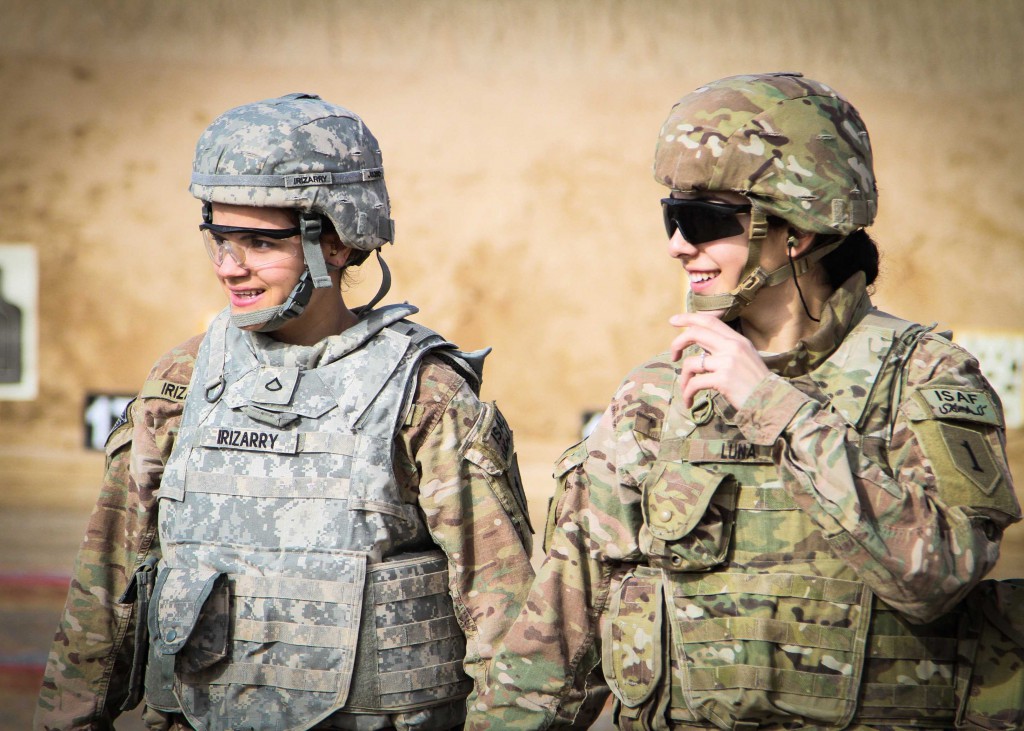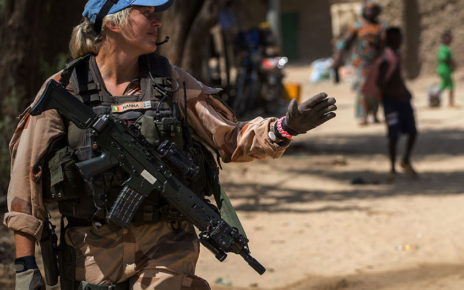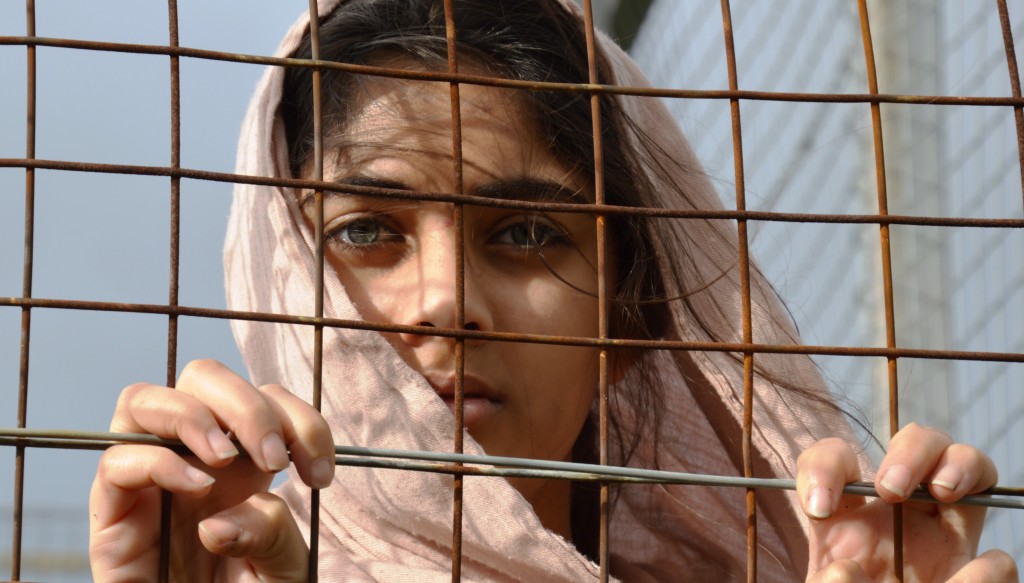It was not until January 1stof 2016 that women were allowed to apply for combat positions in the United States military. According to Veterans Advocate Jennifer Silva, “This shift opened the opportunity for women to fill 220,000 military combat positions.” The original U.S. military draft was male-only, thus openly excluding women from military service since they were deemed unfit for such positions. Following the draft, the implication of the Selective Service System was established, which continued to discriminate against women.
In 2015, U.S. District Judge Gray Miller issued a statement that declared, “men and women are now equally able to fight”. He added to this that, “The average woman could conceivably be better suited physically for some of today’s combat positions than the average man, depending on which skills the position required. Combat roles no longer uniformly require sheer size or muscle.” This statement holds true in some military positions which women now have access to, although there are numerous obstacles which continue to hinder women’s performance capabilities in the context of armed combat. Women were granted the ability to apply to combat roles, so long as they met the required standards; these standards have remained unchanged even after women have begun to enter combat roles.
The standards which are upheld by the U.S. military present serious risk factors for women’s participation in armed combat roles. It is evident that there exist notable differences in the average physicality between men and women, and there are limited considerations within the military, if any, for these distinctions.
The impact of this issue was perceived during the first instance of women training to become Army infantry and armor officers in July 2016 at Fort Benning in the United States. This initial training group was subject to the exact same standards as men in the military and they were given equipment that was originally designed for men, with no modifications. It is important to consider the differences in body structures between men and women when conducting these training exercises.
Niki Tsongas highlighted a significant issue which arose due to the lack of consideration for women’s body types in the military for body armor. Women, on average, tend to have smaller frames than men, but women “were wearing the male version [and] that often it compromised a woman’s ability to lift her arm appropriately to fire.” This lack of mobility presents a serious risk to women, since it prevents them from being able to defend themselves in combat situations. To resolve this issue, the Army has since implemented women-specific body armor in eight new sizes to accommodate women which will also “allow the service to fit the smallest 2 percent of its women for the first time.”
In addition to having generally smaller frames, women also have smaller hands, which make it difficult for most women to properly hold standard-issue weapons designed for men. This case has arisen in the military with men who have smaller than average hands. Without the need to modify the actual equipment, these soldiers “could be taught techniques to compensate for the large pistol grip.” The increased participation of women in the military inherently calls for more instructors who would help to train women soldiers on how to use equipment that is ultimately not designed for them. This, however, does not change the fact that in the longer term, military equipment needs to be designed with both men and women in mind.
Military training and equipment have been developed with the assumption of male-only participation in armed combat. The lack of modifications for women’s use of military equipment puts women at a disadvantage in combat situations and poses serious risks to women’s safety. Further efforts are needed in order to establish fair grounds for both men and women in military combat. This can be achieved through the continued development of a wider range of military equipment designed specifically for women’s body types, creating equity in a field originally designed for men.
Featured Image: “Two female U.S. soldiers walk back after checking their targets at a qualification range on Kandahar Airfield, Afghanistan” U.S. Army photo by Cpl. Clay Beyersdorfer via DoDLive
Disclaimer: Any views or opinions expressed in articles are solely those of the authors and do not necessarily represent the views of the NATO Association of Canada.




